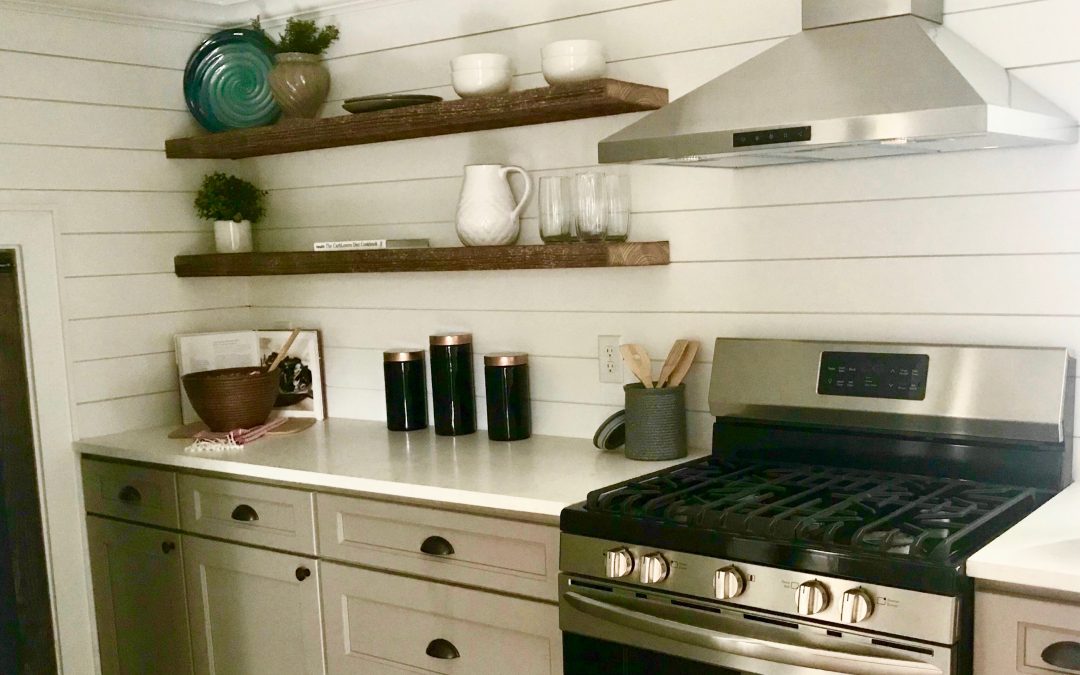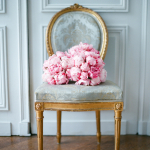Most people either under-do or over-do it with accessories in their home. Your table doesn’t need twelve items to look its best, maybe just three or four great pieces combined that create a story. Sound like a daunting task? Let us help!
Accessorizing your home is always the final step in the home staging process. A home will sell faster when special features are highlighted with artwork and accessories to make it stand out. Accessories will enhance the look of the furniture and architecture of your home design, as well as tie the room together to create a lively space! Let’s discuss the top 5 rules of accessorizing you should follow!
Rule 1: Arrange accessories in odd numbers of different sized items Believe it or not, grouping objects in odd numbers is more pleasing to the eye than grouping in even numbers. It is also important to vary those objects in height. Think of it as a family. You have the dad, the mom, and the baby. Three different sizes combined to create objective harmony! It is also okay if the objects differ in color, as long as it matches the room and the colors compliment each other you are good to go!
Rule 2: Do not overcrowd shelves Creating arrangements on large shelf spaces, or even countertops can get tricky. When it comes to shelves, remember that simple is always better. Keep objects that differ in size as well, because too many small objects will look cluttered and make the space seem smaller. Always remember to place some objects slightly in front, and others slightly in back. Never put everything in a straight line across the whole shelf. Doing this will add depth to the display!
Rule 3: Visual weight is real! What is visual weight exactly? Visual weight refers to how much weight an object appears to have when looking at it. This can refer to colors in a room, too many or not enough patterns, or the shape of an object. An example is putting a black chair on one side of the room will visually outweigh a white chair on the other side. To ensure the visual weight is distributed evenly, check out the colors being used for starters!
Rule 4: Keep the harmony throughout the home Keep the harmony. Each object that you place together in a room should have at least one thing in common! The color, shape, texture, or style of the object needs to match the other objects in the room. An easy way to decide if the objects work together is to stand back and eyeball the arrangement of the objects. Is it too cluttered? Does it need one object that is shorter than the others?
Rule 5: The “Golden Section” Rule Lastly, the Golden Section rule tells us where to place pictures and objects in reference to window size, or fireplace size. If you have a fireplace that is 5 feet wide, hanging a 6-foot mirror or piece of art over it would look top heavy and unbalanced. If you have a wall with two windows and wish to put a piece of art between the windows, make sure the art is smaller than the window, but big enough to stand out!
Happy Accessorizing!









Trackbacks/Pingbacks